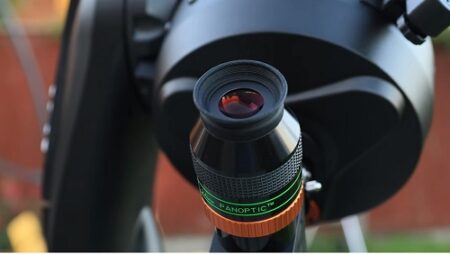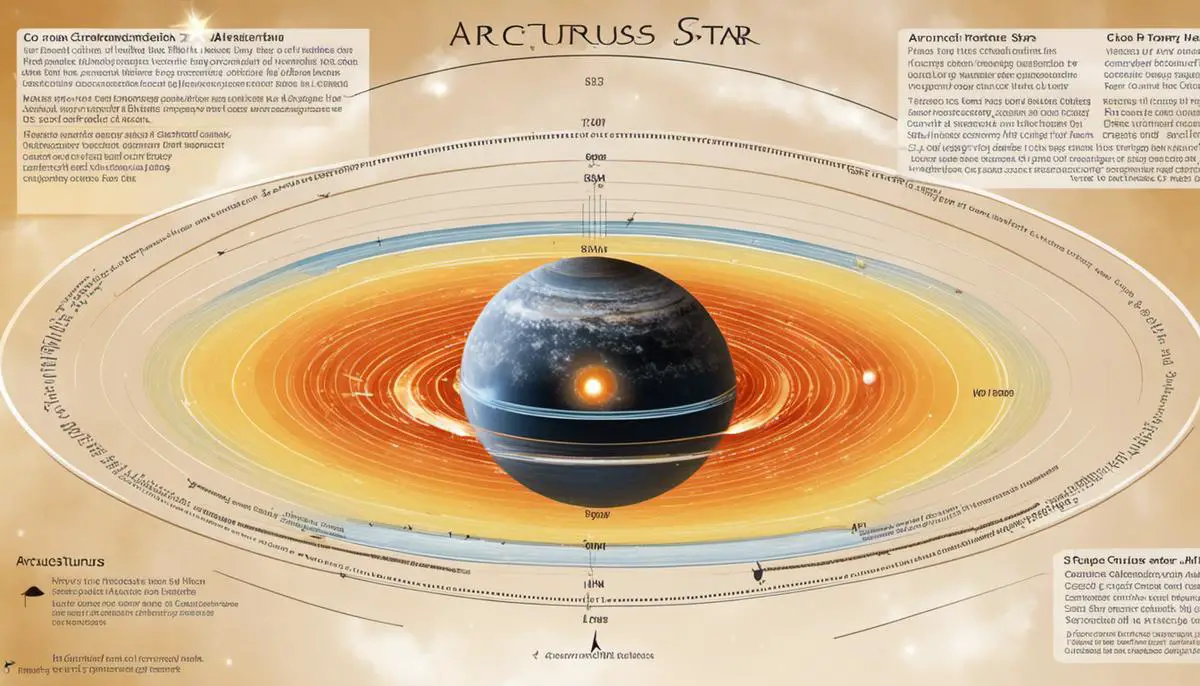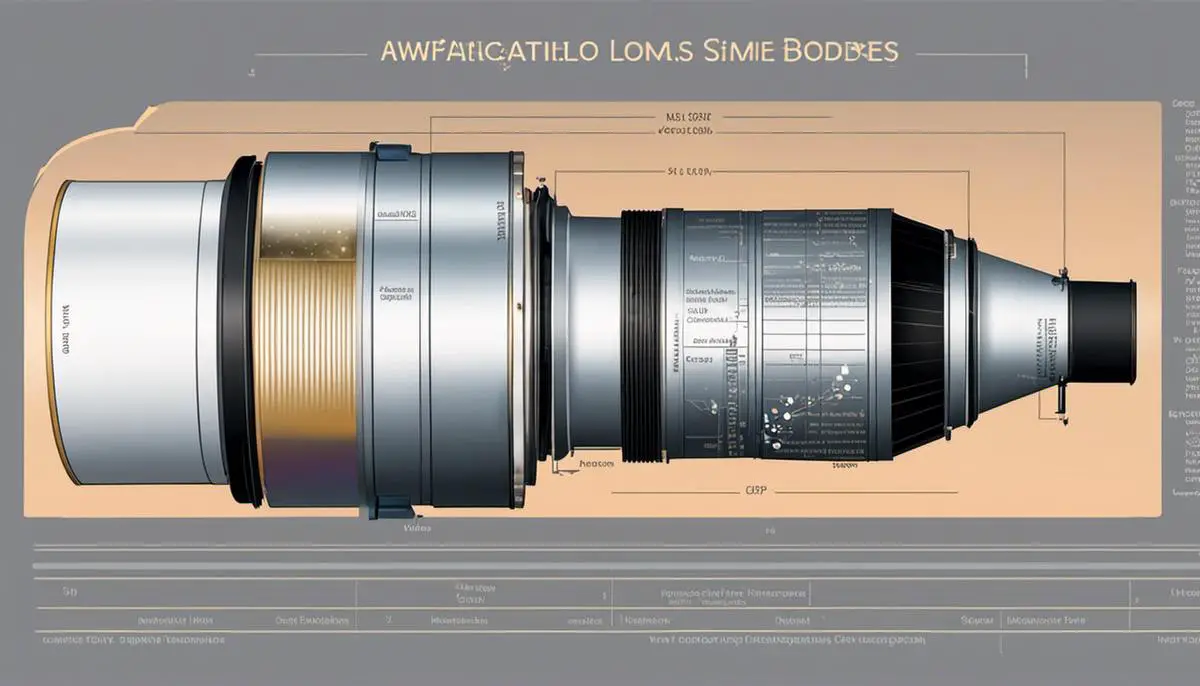In the expansive space of our cosmic backyard, the solar system, each planet tells a significant story. Orbiting predictably around our Sun on paths defined by the laws of physics, these celestial bodies maintain fascinating patterns of motion and proximity to one another. Among the outer planets, Uranus and Neptune, both gas giants, are of particular interest. Despite their immense distance from Earth, understanding their positions in space can shed light on their characteristics and the dynamic canvas of our solar system. The average distance between Neptune and Uranus tends to be one focus of study. However, as these planets traverse their elliptical orbits, this average distance undergoes constant variation.
Planetary Distance Overview
The Cosmic Dance of Neptune and Uranus
The average distance between Neptune and Uranus, the seventh and eighth planets from the Sun, respectively, is approximately 11 AU (Astronomical Units), with one AU being equivalent to the Earth-Sun distance (about 93 million miles or 150 million kilometers). However, the actual distance continually changes as these distant gas giants move along their elliptical paths around the Sun. At their closest approach or conjunction, Uranus and Neptune can be as proximate as 9 AU, while at their furthest point or opposition, they can be as distant as 14 AU, underlining the variability inherent in cosmic distances.
The Vast Distances of Outer Space: A Glimpse Into the Gap Between Neptune and Uranus
Within the sprawling cosmos of our solar system, Neptune and Uranus represent the outer bounds. Making an orbit around the Sun takes these planets roughly 84 (Uranus) and 165 (Neptune) Earth years respectively. Contemplating the average distance between Neptune and our Earth, we measure it at around 30 Astronomical Units (AU), signifying the vast expanse and isolation of the outer solar system. Although seemingly colossal in real terms, the distance dividing Neptune and Uranus is a shorter voyage when compared to the one from our inner planet cluster to these outer gas giants. The average distance between Neptune and Uranus may be staggering, but it quintessentially presents the idiosyncrasies of the infinite cosmos that is our own neighborhood.
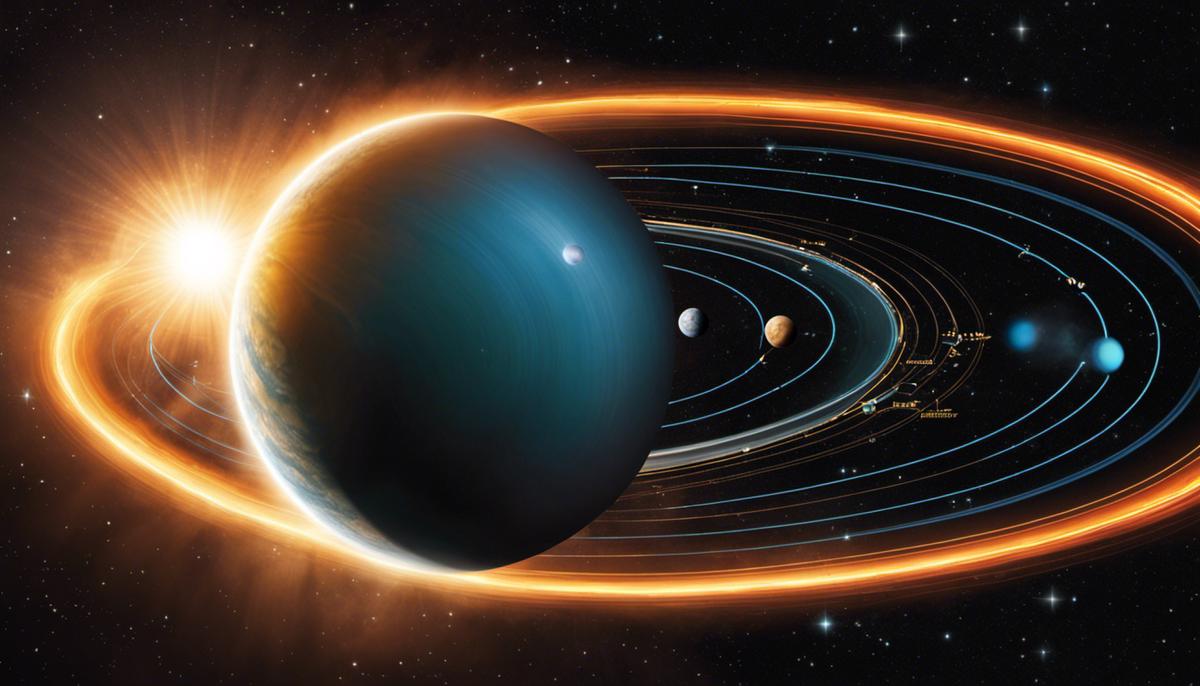
Role of Planetary Movements
Comprehending Celestial Motions: The Relationship Between Neptune and Uranus
The cyclical movements of planets across the firmament have a formidable impact on the distances amongst them. For instance, Neptune and Uranus, the distant members of our solar system, travel specific elliptical routes around the Sun, producing a continuous fluctuation in their relative separation. Economically speaking, when both planets are at their closest encounter to each other, scientifically termed as ‘opposition’, the gap between Uranus and Neptune drops down to about 11 Astronomical Units (AU), or around 1.652 billion kilometers. In contrast, when they stand on opposite sides of the Sun, their separation can stretch up to 29 AU, which equates to a staggering 4.351 billion kilometers.
Another key determinant in calculating the distance between Neptune and Uranus is their individual orbital periods. Neptune, with a substantial orbital period of 165 Earth years, trails behind in speed. Uranus, comparably swifter, completes its circumnavigation in approximately 84 Earth years. Thus, precise calculations of their orbits conclude that once every 171 years, these two gargantuan celestial bodies align in a fashion facilitating their closest encounter. In a nutshell, the elliptical motion paths along with the variability in orbital speeds of the planets, substantially contribute to the periodic variation in the distance separating Neptune and Uranus.
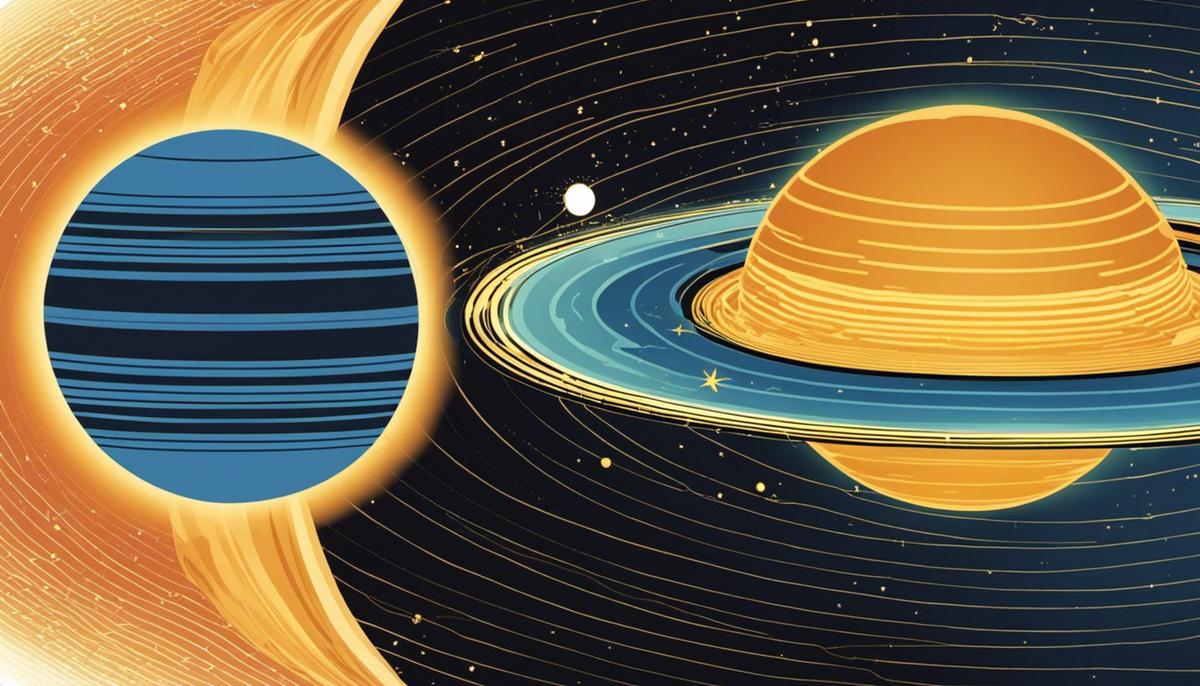
As Neptune and Uranus continue on their cosmic journey, circling the Sun in elliptical paths, one realizes the interdependence and constant flux of celestial bodies. The distance between these two distant planets of our solar system is not steadfast. Instead, it is a testament to the constant motion and dynamic interactions within the cosmos. The mechanics governing these movements are not random, but a complex dance choreographed by gravity and momentum. Emphasizing the importance of understanding these astronomical distances, it sheds light on not only the vastness of our solar system but also the fundamental laws that govern these bodies. Understanding the distance between Uranus and Neptune is not just an exercise in comprehension of space, but also a nod to the grandeurs and mysteries of the universe we’re part of.
Experience the magic of Writio, the ultimate AI content writer. This article was crafted by Writio, the genius behind captivating words.

I’m Ali. BestTelescopeReview.com is my little place on the web to express what I’ve learned first-hand, specially about the telescope part. I am writing these articles to share my love for astronomy with you.


